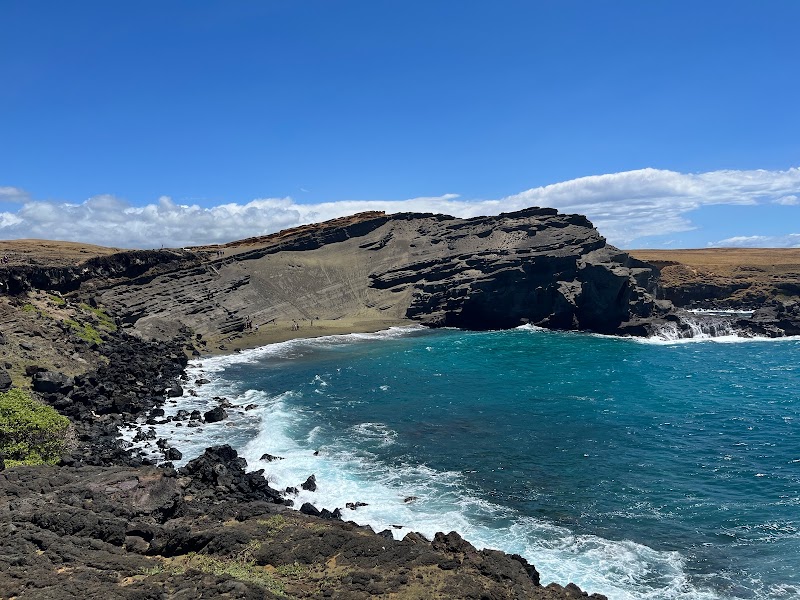Navigating the thin air above 12,000 feet requires strategy beyond stamina. This guide to layering for high-altitude trekking offers practical advice to stay warm and agile, perfectly tailored for the rugged landscapes around Leh, India. Prepare to move smart, stay safe, and savor every breath of mountain air.
Prioritize Breathable Base Layers
Choose merino wool or synthetic materials to wick moisture effectively, keeping skin dry and temperature regulated during intense climbs.
Adjust Mid Layers on the Move
Use lightweight insulating jackets that can be easily added or removed to respond dynamically to changing temperatures and exertion levels.
Insulate Your Hydration System
Use insulated water bladders or bottles to prevent freezing in subzero conditions, ensuring access to hydration throughout the trek.
Opt for Versatile Outer Shells
Select waterproof and windproof jackets with ventilation options like pit zips to balance protection against mountain winds and heat buildup.
Mastering Layering for High-Altitude Trekking: Warmth Meets Mobility
High-altitude trekking challenges both body and gear, demanding a balance between protection and freedom of movement. When the mountain air bites at 12,000 feet and above, every layer must pull double duty: insulate against sudden cold snaps while letting you stay light on your feet. Your clothing system becomes a living dialogue with the altitude, the wind, and your own exertion.
Start with a moisture-wicking base layer that clings like a second skin, pulling sweat away as you climb forested switchbacks that open onto rocky ridges. Materials like merino wool or synthetic blends work best—they dare the cold while keeping your skin dry and blister-free. Next up, add an insulating mid layer tailored to your pace and the temperature. This is often a fleece or lightweight down jacket, flexible enough to move with you but warm enough to trap heat.
The outer layer is your shield from the wild environment—winds that push back harder than you expect, sharp snow flurries that dance unpredictably. Waterproof, breathable shells with pit zips or adjustable cuffs let you vent excess heat without losing the mountain’s fierce protection.
Mobility is key. Bulk weighs you down on steep ascents where every step counts; excessive warmth leaves you soaking in sweat. When elevation gains reach 3,000–4,000 feet over rugged terrain, the right layering keeps your core temperature steady, energy levels high, and your mindset sharp.
Don’t forget hands and head—gloves and beanies that layer up or down as you inch higher. Thin liner gloves for dexterity combined with waterproof outer gloves guard against cold bites while managing pack adjustments or camera thrills. A buff or neck gaiter flexes between warmth and breathability.
Practical tips: pack layers that dry quickly, carry extra socks, and avoid cotton which freezes when damp. Timing your hike to hit warmer daylight hours helps, but mountain moods shift fast—plan for sudden chills. Hydration systems with insulated sleeves prevent water from freezing, and trail snacks high in fat and protein fuel your thermal engine.
The trail demands respect. Whether you’re threading through whispering pines or making a final push toward a summit’s stark skyline, your layers become a partnership with the mountain’s fierce personality. Smart layering doesn’t just keep you warm; it keeps you moving, curious, alive in a landscape that is stubbornly itself.
Nearby Trips
All Adventures
Boat Charters
Water Activities
Adventures near Leh
Discover the unique and memorable adventures that make Leh special.
Frequently Asked Questions
Why is layering important at high altitudes?
Layering allows trekkers to adapt clothing to fluctuating temperatures and activity levels, preventing overheating or hypothermia in the unpredictable mountain environment.
Can cotton be used as a base layer for high-altitude trekking?
No, cotton retains moisture and dries slowly, increasing risk of chill. Opt for synthetic or wool base layers that wick sweat and maintain insulation even when damp.
How can I manage sweating during steep climbs?
Start your hike with minimal mid layers and use breathable, ventilated outer shells. Adjust layers frequently to balance warmth with moisture control.
What hydration gear works best in freezing conditions?
Insulated hydration bladders or wide-mouth bottles with thermal sleeves prevent freezing, making it easier to stay hydrated at altitude.
How do I prevent cold extremities while trekking?
Layer gloves starting with thin liners for dexterity, then add insulated waterproof gloves as temperatures drop. Beanies or buffs protect your head and neck from heat loss.
When should I add or remove layers during a trek?
Respond proactively to body temperature signs: add layers when feeling chilled during breaks or exposed wind, and remove layers when sweating heavily during climbs.
Recommended Gear
Merino Wool Base Layer
Provides moisture management and thermal regulation while remaining lightweight and odor-resistant.
Insulating Mid Layer (Fleece/Down)
Traps body heat without restricting movement, crucial during breaks or cold conditions.
Waterproof/Breathable Outer Shell
Acts as a wind and rain shield while allowing moisture from sweat to escape through ventilation features.
Insulated Gloves and Beanie
Protect extremities from cold bites and help maintain dexterity for handling gear and navigation.
Local Insights
Hidden Gems
- "Viewpoint at Stok Kangri Base Camp with panoramic mountain vistas rarely crowded"
- "Small glacial streams along the trail that freeze into sculpted ice form artful natural sculptures"
Wildlife
- "Himalayan blue sheep often graze on rocky slopes"
- "Snowcock birds flare across ridgelines, challenging your pace"
History
"The trekking routes near Leh trace ancient trade paths between India and Tibet, marked by prayer flags and centuries-old stupas that testify to the region’s spiritual heritage."

